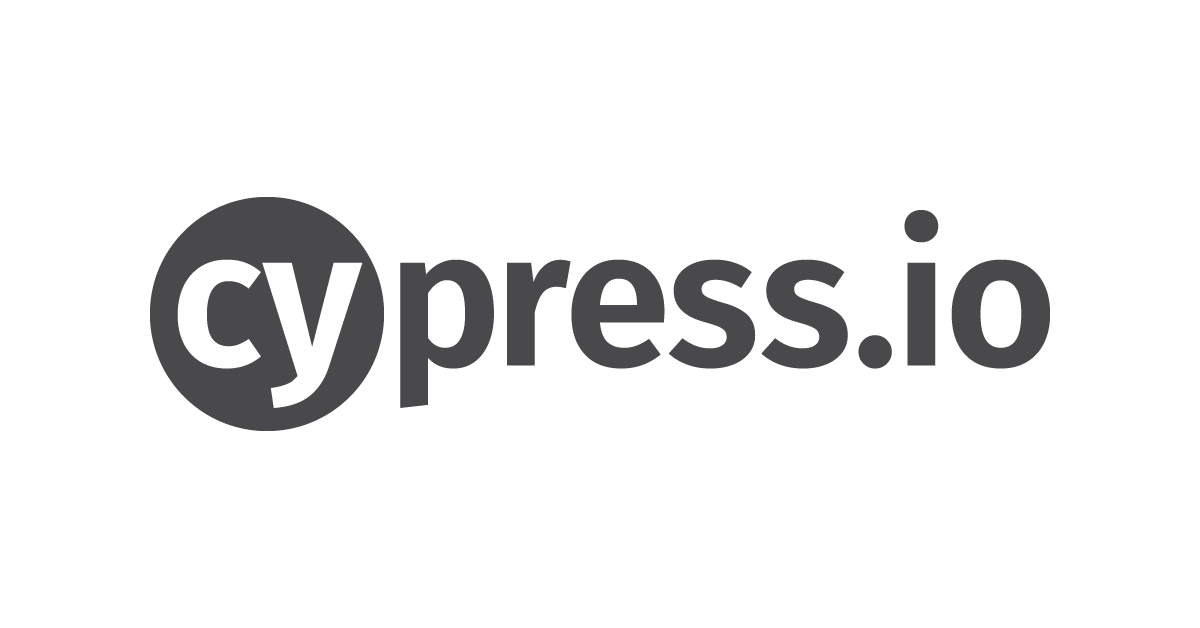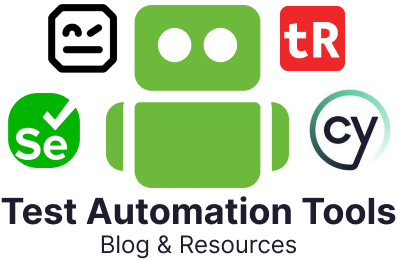
About Cypress JS
Cypress JS remains a dominant force in frontend testing in 2025, especially among JavaScript-focused development teams. Built entirely in JavaScript, Cypress is designed to run directly within the browser, giving developers real-time feedback and unmatched visibility into test behavior.
Main Features of Cypress JS
Let us review the current core features of Cypress JS.
1. Real-Time In-Browser Execution
- Tests run directly in the browser, alongside the application under test.
- Provides instant feedback with live reload and time-travel debugging.
- Enables developers to watch test commands execute in real time using the interactive Test Runner.
2. Automatic Waiting and Retries
- Cypress automatically waits for elements to appear and assertions to pass before continuing.
- Eliminates the need for manual wait statements or complex synchronization logic.
3. Network Traffic Control
- Full access to the network layer:
- Intercept, stub, or modify HTTP requests and responses using cy.intercept().
- Test error scenarios or simulate backend behavior easily.
- Useful for mocking APIs, testing latency, error states, and server outages.
4. Powerful Debugging Tools
- Interactive Command Log with visual snapshots of each test step.
- Integration with Chrome DevTools allows the use of breakpoints and the console during test execution.
5. Cross-Browser Testing
- Supports Chrome, Firefox, Edge, and Electron.
- Basic support for WebKit (Safari) through community plugins or custom builds.
6. Component Testing
- Native support for component-level testing in modern frontend frameworks:
- React (including Hooks and Context)
- Vue 3, Angular 16, and others
- Allows isolated component tests with real event simulation and assertions.
7. Screenshots and Video Recording
- Automatically captures screenshots on failure.
- Record full videos of test runs for debugging or CI reporting.
8. Smart Orchestration (Business & Enterprise Tiers)
- Automatically:
- Prioritizes flaky or failing tests
- Skips irrelevant specs
- Aborts the test suite after a threshold of failures
- Includes Flake Management.
9. CI/CD Integration
- Seamless integration with:
- GitHub Actions, GitLab CI, CircleCI, Jenkins, Bitbucket Pipelines
- Supports parallel test execution and load balancing across machines.
10. Rich Plugin Ecosystem
- Extend functionality using community or custom plugins:
- Cucumber/BDD integration
- Accessibility audits
- Visual testing plugins
- Test coverage reporting
11. Built-in Assertions and Utilities
- Uses Chai, Sinon, and jQuery-like syntax for expressive test writing.
- Includes utilities like timers, clocks, stubs, and spies for mocking behavior.
12. Advanced Configuration Options
- Extensive configuration for test retries, timeouts, viewport sizes, environment variables, and browser behavior.
- Customizable via cypress.config.js or cypress.env.json.
13. Robust Documentation & Dev Tooling
- Comprehensive, beginner-friendly documentation.
- Examples, recipes, API reference, and community guides are available.
In 2025, Cypress continues to rely on Chrome DevTools Protocol (CDP) for deep integration with the browser, bypassing the traditional WebDriver architecture (used by Selenium). This allows it to manipulate the DOM directly, making it faster and more deterministic for many front-end tests. You have the following stand-out features to use:
- Run failed tests first, skip flaky specs intelligently
- Provides beta support for multi-tab testing with constraints
- Expanded ecosystem for enterprise integrations, including GitHub Enterprise and SSO enhancements
- Provides improved component testing for frameworks like Vue 3, React 18, and Angular 16
Cypress still favors JavaScript or TypeScript for scripting and is tightly integrated with modern JS frameworks like React, Vue, Svelte, and Angular. BDD-style syntax with Cucumber is still supported via plugins, not natively. Read: Cucumber JS with Selenium: BDD framework in QA.
Pros & Cons of Cypress JS
Advantages of Cypress JS
- Real-Time Execution with Live Reloading: Cypress provides instant feedback as tests run within the browser, making debugging fast and visual.
- Automatic Waiting and Retries: The framework intelligently waits for DOM elements and assertions without manual delays or sleep statements.
- Network Layer Control: Easily stub, spy, or modify HTTP requests and responses for robust testing of error scenarios and edge cases.
- Powerful Developer Tools: An interactive GUI (Test Runner) shows snapshots of each step, aiding visual debugging.
- First-Class JavaScript Integration: Natively supports JS and modern tooling (ESModules, TypeScript, bundlers), making it ideal for developer-centric teams.
- Component Testing Support: Supports isolated component tests using your app’s actual code, which is ideal for React, Vue, and Angular components.
- Robust Documentation & Community: Cypress’s comprehensive documentation and plugin ecosystem remain among the best in the industry.
- CI/CD & Analytics Integration: Built-in integration with GitHub Actions, CircleCI, GitLab CI, and Slack. Also supports dashboards and analytics.
Disadvantages of Cypress JS
- Single Tab Limitation (Mostly): Multi-tab or multi-window interactions are only available in a limited beta. Production use still requires workarounds or separate tests.
- Cross-Domain Testing Challenges: Restricts navigation between superdomains (e.g., switching from google.com to linkedin.com), complicating OAuth or SSO testing.
- No Native AI Assistance: Lacks AI-driven test creation and maintenance features offered by newer tools like testRigor or Functionize (e.g., automatic test generation or self-updating tests).
- Limited Support for Mobile Testing: It is browser-only and doesn’t support native mobile app automation. Emulated environments may not fully reflect mobile behaviors. Read: Top Mobile Testing Tools.
- JavaScript-Only Test Authoring: Requires tests to be written in JavaScript or TypeScript. No support for low-code or no-code authoring, limiting accessibility for non-developers.
- Limited iFrame and Shadow DOM Support: Testing content within iframes or shadow DOM is still restricted and requires specialized plugins or manual workarounds.
Here is a comparison: Cypress vs Selenium vs testRigor.
Pricing
Cypress has a free open-source version, along with tiered SaaS pricing. You can choose and pay according to your organization’s requirements.
| Plan | Monthly Cost | Users | Included Test Results | Key Features |
| Free | $0 | 50 | 500/month | Parallelization, Slack/GitHub integration, limited support |
| Team | $75 | 50 | 10,000/month | Flake detection, JIRA integration, and email support |
| Business | $300 | 50 | 10,000/month | SSO, Smart Orchestration, GitHub Enterprise support |
| Enterprise | Custom | Unlimited | Unlimited | Premium support, SLA, unlimited parallelization, priority onboarding |
Note: Annual billing offers an 11% discount across all paid tiers. Overages (beyond test limits) are billed based on usage.
Conclusion
While Cypress JS is a strong contender for front-end testing, there are some significant limitations that one needs to be aware of as well. Other tools, especially no-code ones, have an easier learning curve and better test maintenance features.

